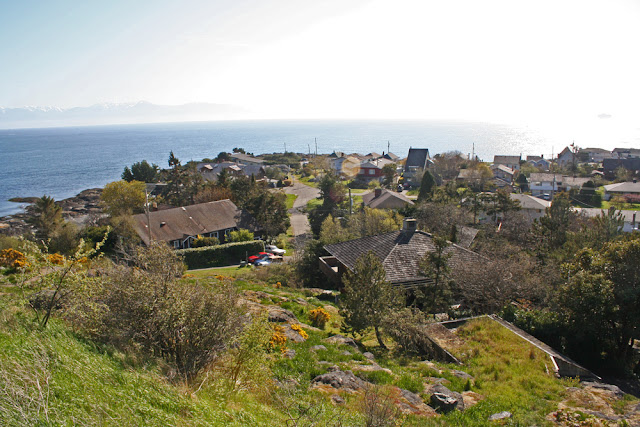I learned in class that there needs to be cations exchanging the colloids to have good, happy dirt, which in turn increases the chance of successful plant growth. When there is a good CEC, brought on by flocculation, the soil will be healthy and fertile. I find it interesting just how long it takes for soil to settle, making it a pretty precious resource to us if it takes that long to develop.
Physical weathering uses the joints to split the rock into smaller pieces. When this happens, it speeds up the process of chemical weathering by increasing the surface area every time the rock splits.
At first I thought this rock could have been victim to salt weathering via crystallization. This occurs because of the water percolating through the cracks and forming crystals. However, this area of France receives a moderate amount of annual rainfall, thereby increasing the chance of washing the salt away.
Pictures Provided From:
Sources Cited:


